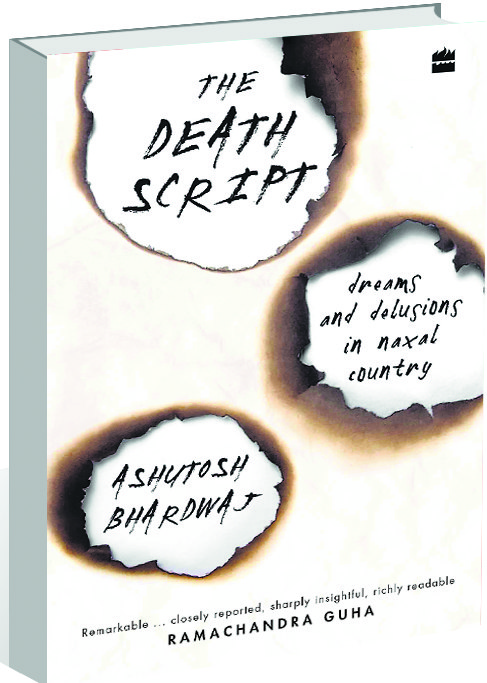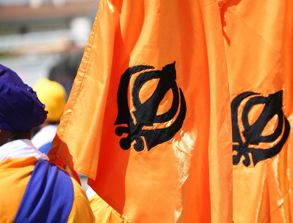The Death Script: Dreams and Delusions in Naxal Country by Ashutosh Bhardwaj.
Book Title: The Death Script: Dreams and Delusions in Naxal Country
Author: Ashutosh Bhardwaj
Sandeep Sinha
The red corridor of India has generally not been much comprehensible other than the intermittent news of an ambush between the security forces and the Maoists. The place remains an enigma, endowed with natural and human wealth, bustling with life in its own innocent way, but scarred by violence, the alienation compounded by the inability of the state to take into account their concerns and reach out to them.
In The Death Script, the author, a four-time winner of the Ramnath Goenka Award for Excellence in Journalism, writes of his time there and brings home the human cost of such a battle.

Bastar is strewn with such memorials, but
nobody visits them or offers flowers there.
Photo: Ashutosh Bhardwaj
Dandakaranya, spread across several provinces, has been transformed into a graveyard over the last four decades. The fledgling dreams of revolution lie dead, with mahua leaves, signposts of the forest, a testimony to the fact. The book is a captivating account, through its myriad characters, of the emotions and reality of the place. There is Karsa Joga, the gopaniya sainik or informer, a class of surrendered Naxals. Joga is killed while attending a meeting in the area even as he has been advised to stay back in Mysore. Then there is the dilemma of a policeman. Was it possible for him to always play by the book? Not, perhaps. If some top operatives are caught, will it be possible to first take them to court and interrogate them for months or grill them without anyone getting wind of it. The surrendered cadres are deployed in the police force and then sent for operations. And what if a Naxal surrenders only to deceive? There is the awareness that Naxals kill only those surrendered cadre who join the police.
In Dantewada and Abhujmad, death is everywhere. For a journalist, covering Naxal insurgency is about covering death, signs of which are everywhere. But to preserve death is also a tradition, perhaps an addiction in Bastar, which is strewn with memorials of stone and wood, but nobody visits them or offers flowers there. The writer says that a Death Reporter can never bury his dead, but will have to carry it forever on the nib of his pen and recalls his editor’s advice to him that no report is greater than life.
The book depicts how various political parties have never ever been quite able to espouse the cause properly. The book tells the story of Mahendra Karma, an Adivasi leader who wanted Bastar included in the Sixth Schedule to make private industry difficult in the region. It did not happen and Karma was assassinated. Such feeling of betrayal is pervasive in Bastar and as Karma said, to remain alive, it is important to know your enemies and maintain a distance from them.
There are interesting chapters like the one in which the author tracks the Tricolour used to drape martyrs. One such flag was with Bhagirathi Devi in Parsari village of Chamoli who said she had been told to hoist it on every Republic Day and Independence Day.
The book tracks Naxal unrest in the country and dissects its vividity. Sombre in tone, it points out the enormity of the problem and the great human cost it has entailed. Those forests have seen violence but are also the lungs of the country. Bringing in inclusive development without causing damage has remained a challenge for governments that have seen the writ of parallel authority being run there.














